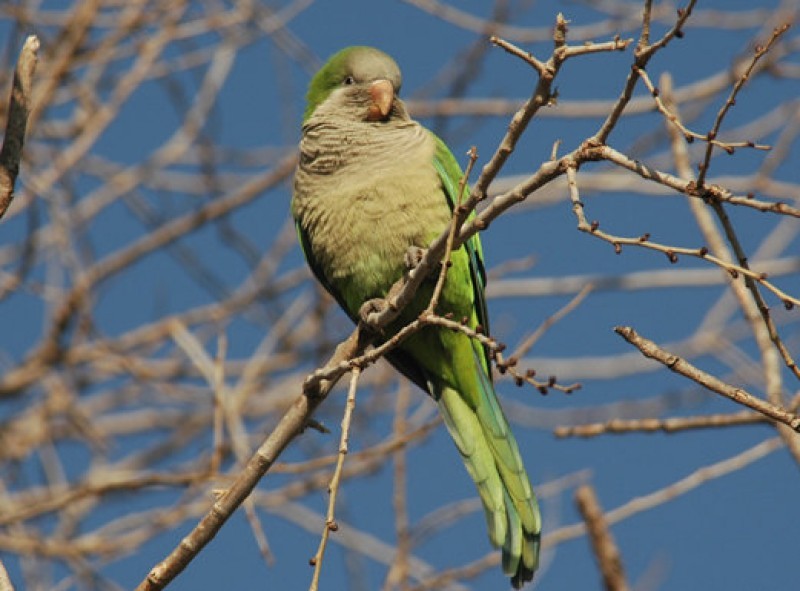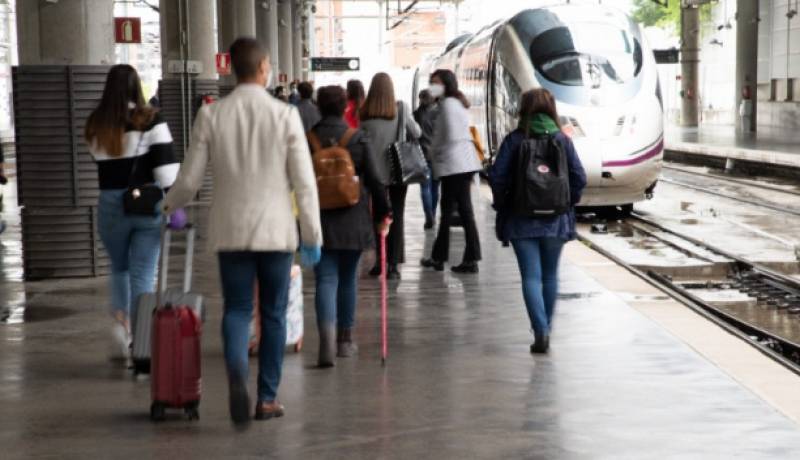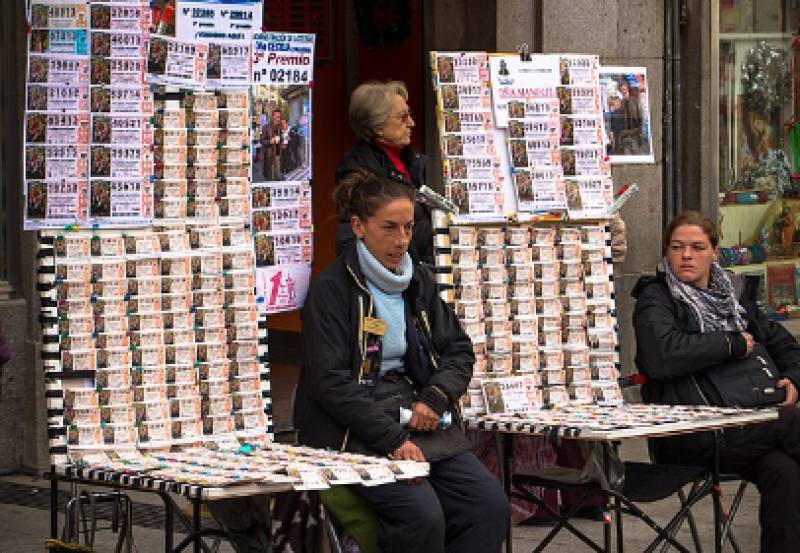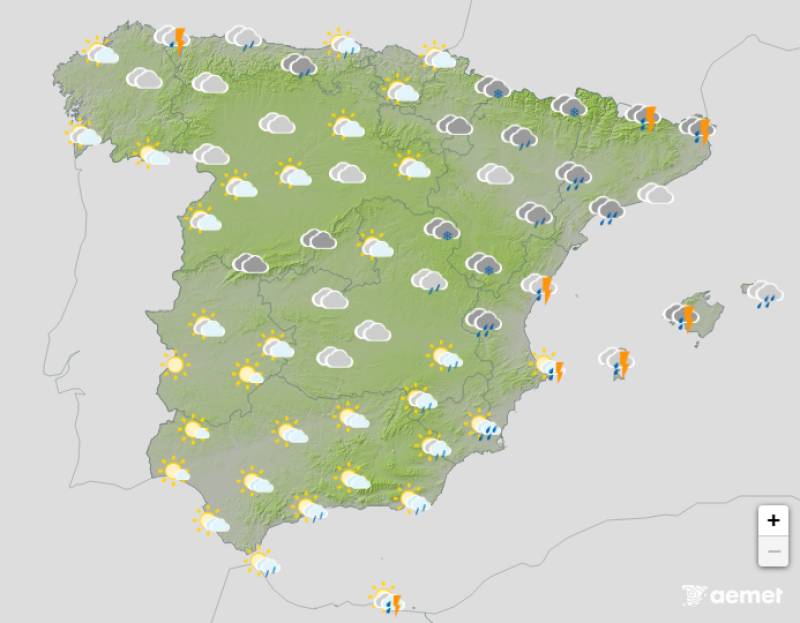- Region
- Águilas
- Alhama de Murcia
- Jumilla
- Lorca
- Los Alcázares
- Mazarrón
- San Javier
-
ALL AREAS & TOWNS
- AREAS
- SOUTH WEST
- MAR MENOR
- MURCIA CITY & CENTRAL
- NORTH & NORTH WEST
- TOWNS
- Abanilla
- Abarán
- Aguilas
- Alamillo
- Alcantarilla
- Aledo
- Alhama de Murcia
- Archena
- Balsicas
- Blanca
- Bolnuevo
- Bullas
- Cañadas del Romero
- Cabo de Palos
- Calasparra
- Camping Bolnuevo
- Campo De Ricote
- Camposol
- Canada De La Lena
- Caravaca de la Cruz
- Cartagena
- Cehegin
- Ceuti
- Cieza
- Condado de Alhama
- Corvera
- Costa Cálida
- Cuevas De Almanzora
- Cuevas de Reyllo
- El Carmoli
- El Mojon
- El Molino (Puerto Lumbreras)
- El Pareton / Cantareros
- El Raso
- El Valle Golf Resort
- Fortuna
- Fuente Alamo
- Hacienda del Alamo Golf Resort
- Hacienda Riquelme Golf Resort
- Isla Plana
- Islas Menores & Mar de Cristal
- Jumilla
- La Azohia
- La Charca
- La Manga Club
- La Manga del Mar Menor
- La Pinilla
- La Puebla
- La Torre
- La Torre Golf Resort
- La Unión
- Las Palas
- Las Ramblas
- Las Ramblas Golf
- Las Torres de Cotillas
- Leiva
- Librilla
- Lo Pagan
- Lo Santiago
- Lorca
- Lorquí
- Los Alcázares
- Los Balcones
- Los Belones
- Los Canovas
- Los Nietos
- Los Perez (Tallante)
- Los Urrutias
- Los Ventorrillos
- Mar De Cristal
- Mar Menor
- Mar Menor Golf Resort
- Mazarrón
- Mazarrón Country Club
- Molina de Segura
- Moratalla
- Mula
- Murcia City
- Murcia Property
- Pareton
- Peraleja Golf Resort
- Perin
- Pilar de la Horadada
- Pinar de Campoverde
- Pinoso
- Playa Honda
- Playa Honda / Playa Paraíso
- Pliego
- Portmán
- Pozo Estrecho
- Puerto de Mazarrón
- Puerto Lumbreras
- Puntas De Calnegre
- Region of Murcia
- Ricote
- Roda Golf Resort
- Roldan
- Roldan and Lo Ferro
- San Javier
- San Pedro del Pinatar
- Santiago de la Ribera
- Sierra Espuña
- Sucina
- Tallante
- Terrazas de la Torre Golf Resort
- Torre Pacheco
- Totana
- What's On Weekly Bulletin
- Yecla


- EDITIONS:
 Spanish News Today
Spanish News Today
 Alicante Today
Alicante Today
 Andalucia Today
Andalucia Today
ARCHIVED - Budget to cull Argentinian parakeets in Madrid soars to 3 million euros
11,000 parakeets are to be captured and sacrificed at a cost of 272 euros each
The Town Hall of Madrid continues to wage war on the large unwanted Argentinian monk parakeet population in its public parks and gardens, with the budget for reducing the numbers of the birds by 90 per cent having spiralled from around 100,000 euros when the campaign was announced last year to a whopping 3 million euros.
The campaign, in which it is planned that over 11,000 parakeets will be captured and disposed of, is programmed to last for 23 months starting in October of this year, and whereas originally it had been calculated that the cost would be between 6 and 8 euros per bird this figure has now been inflated to 272 euros. This astronomical increase is reported to be due to the fact that when it was first announced that the Town Hall was to step in to reduce the annoyance caused by the birds, as well as the threat to native bird species and concerns over public health issues, the option studied was the cheapest available, but now the plans have been altered to include more humane methods which will cause less suffering to the parakeets when they are sacrificed.
It is estimated that there are around 3,000 parakeet nests in Madrid in a variety of locations including large public parks, military grounds, remote areas and private gardens, making the birds very difficult to capture en masse. The task is further complicated by the fact that these are very intelligent and gregarious animals which are capable of warning each other of danger, so if one is caught it can alert the rest of its group immediately.
Madrid is home to approximately half of all the parakeets living in the wild in Spain, according to an SEO/BirdLife survey carried out in 2015.
The monk parakeet (Myiopsitta monachus), or Quaker parrot, is a native of sub-tropical areas of Argentina and other South American countries and was introduced to Madrid (and many other cities in Europe) as a pet during the last century. Inevitably, though, owners tire of the birds (which can live for between 20 and 30 years in captivity) and a feral population has existed in the city for a couple of decades.
In addition, various parakeets have been allowed to fly free after owning them was made illegal eight years ago. As a result, by 2013 the population of the species, along with others including raccoons, had reached such proportions that for the first time the Town Hall attempted to reduce their numbers.
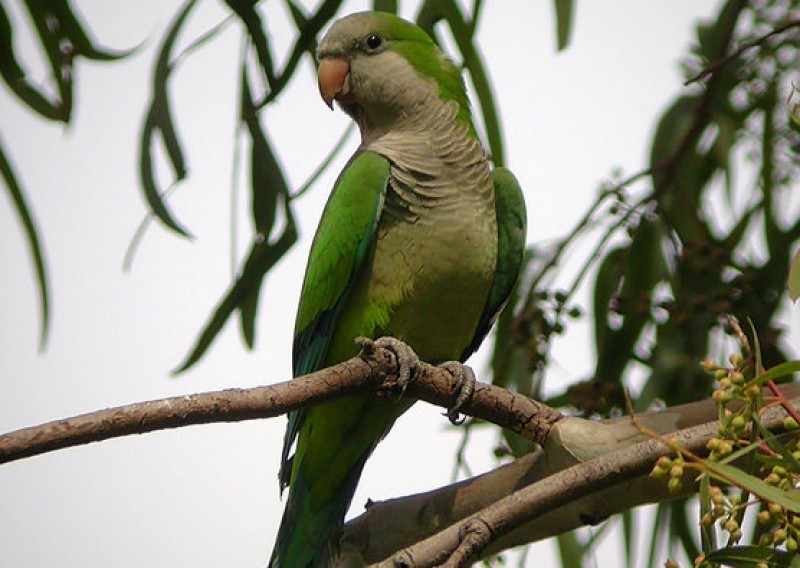
That campaign, though, met with limited and only short-lived success, and now the situation is that over the last four years the population of monk parakeets has risen from 9,000 to approximately 12,000. Female adults are able to lay around 8 eggs a year, there are ample sources of food in the city and the birds have adapted easily to the climate in Madrid, and as a result the expectation is that if left to look after themselves the parakeets could soon become even more common than already is the case.
Already there are so many parakeets that in the Casa de Campo, the largest park in Madrid, that they are threatening the continued presence of sparrows!
In this context it was announced in October that investment was to be made in the “humane” cull of the birds, with the justifications for the expense including the fact that 197 complaints about the parakeets had already been received from residents during the year and that the nests they build are a danger to members of the public. A normal nest weighs about 50 kilos – the parakeets build them out of sticks – but some can reach 200 kilos, and obviously if one of them were to fall from a height of around 15 metres the results would be extremely serious for any passers-by underneath.
It is recognized that it will be impossible to completely eradicate the species from Madrid but a population of up to 600 would be “acceptable”, meaning that the aim is to eliminate at least 19 out of every 20 parakeets as well as piercing eggs to prevent new chicks from hatching.
The same problem of feral parakeets also exists to a certain extent in other major cities in Spain including Barcelona, Málaga and Valencia, and in all cases the expanding population represents a threat to native species.
Images: SEO birdlife
Follow Murcia Today on Facebook to keep up to date with all the latest news, events and information in the Region of Murcia and the rest of Spain: https://www.facebook.com/MurciaToday/
-->Cartagena
El Carmoli
Islas Menores and Mar de Cristal
La Manga Club
La Manga del Mar Menor
La Puebla
La Torre Golf Resort
La Union
Los Alcazares
Los Belones
Los Nietos
Los Urrutias
Mar Menor Golf Resort
Pilar de la Horadada
Playa Honda / Playa Paraiso
Portman
Roldan and Lo Ferro
San Javier
San Pedro del Pinatar
Santa Rosalia Lake and Life resort
Terrazas de la Torre Golf Resort
Torre Pacheco
Aledo
Alhama de Murcia
Bolnuevo
Camposol
Condado de Alhama
Fuente Alamo
Hacienda del Alamo Golf Resort
Lorca
Mazarron
Puerto de Mazarron
Puerto Lumbreras
Sierra Espuna
Totana
Abaran
Alcantarilla
Archena
Blanca
Corvera
El Valle Golf Resort
Hacienda Riquelme Golf Resort
Lorqui
Molina de Segura
Mosa Trajectum
Murcia City
Peraleja Golf Resort
Ricote
Sucina
Condado de Alhama
El Valle Golf Resort
Hacienda del Alamo Golf Resort
Hacienda Riquelme Golf Resort
Islas Menores and Mar de Cristal
La Manga Club
La Torre Golf Resort
Mar Menor Golf Resort
Mazarron Country Club
Mosa Trajectum
Peraleja Golf Resort
Santa Rosalia Lake and Life resort
Terrazas de la Torre Golf Resort
La Zenia
Lomas de Cabo Roig

CAMPOSOL TODAY Whats OnCartagena SpainCoronavirusCorvera Airport MurciaMurcia Gota Fria 2019Murcia property news generic threadWeekly Bulletin









